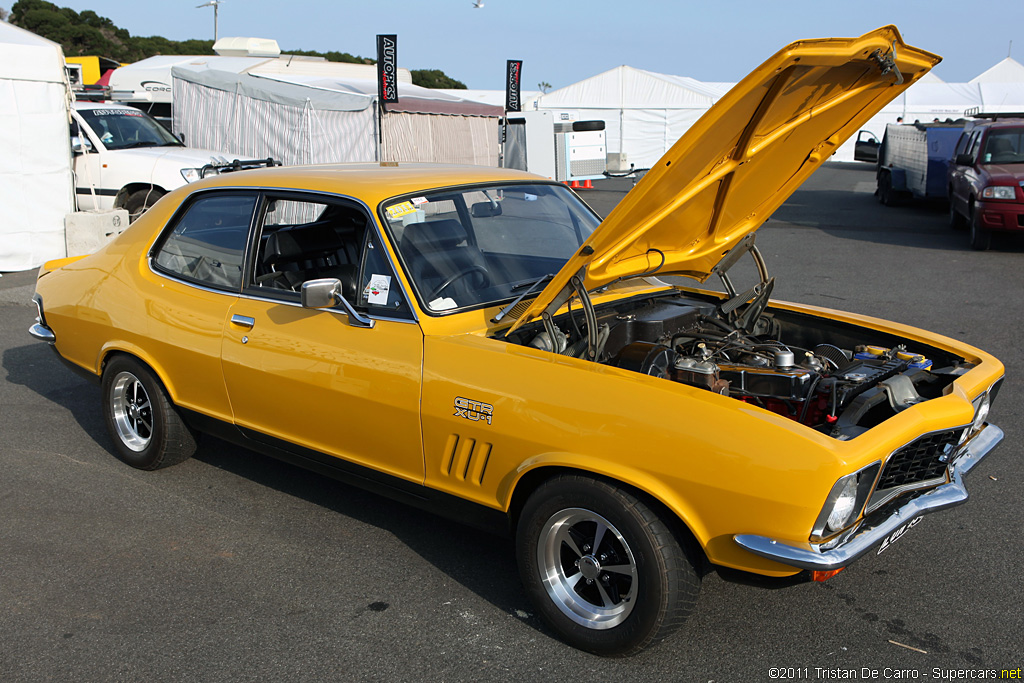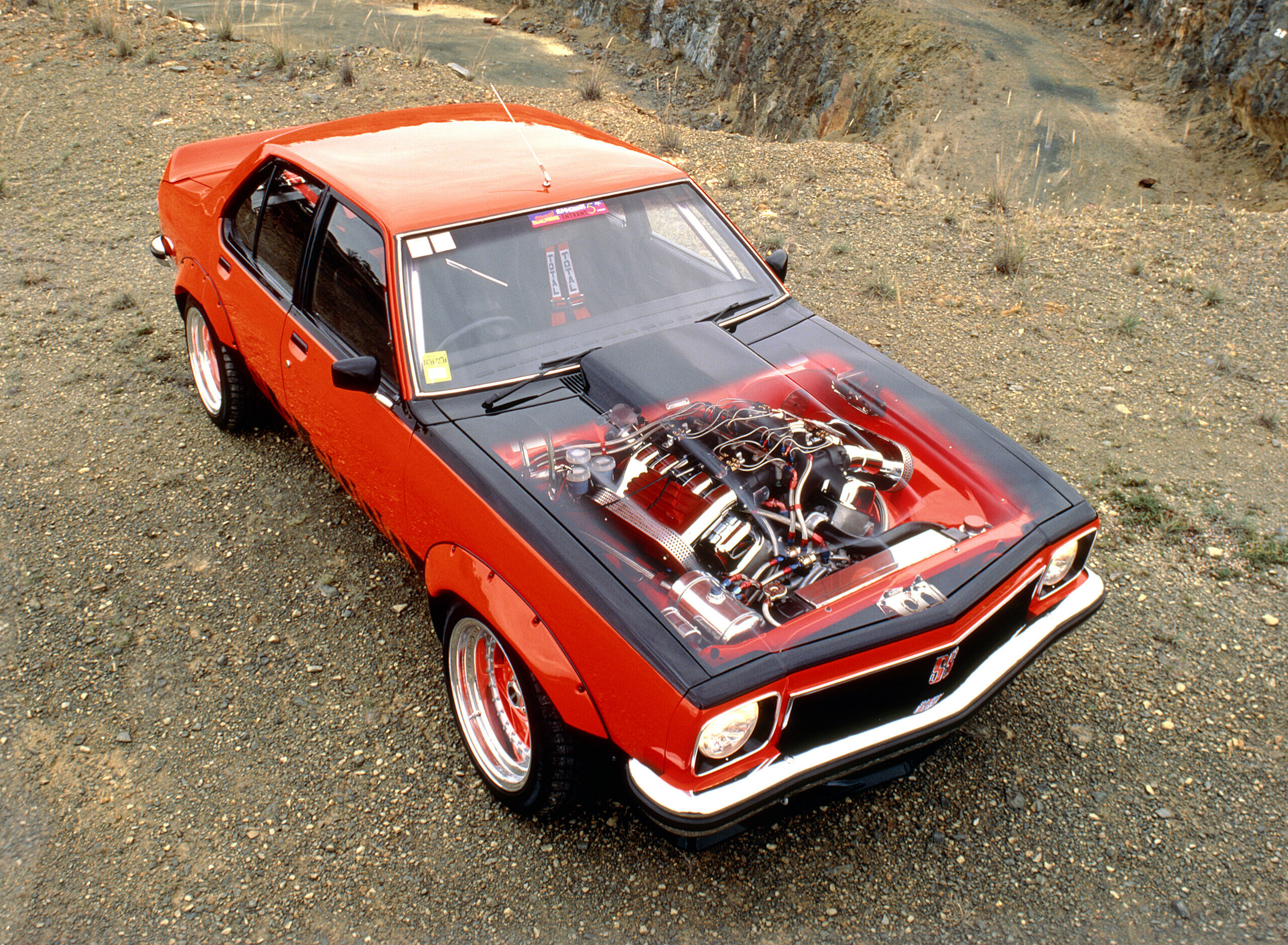Irvin
Talk Tennis Guru
WRONG! If the actual number of strings change the ping sound changes. If you do nothing but change a parameter in RT that is not used nothing happens.Right, it is a question related to the application and how it functions. For RT to determine the tension the only factors driving the performance of RT are the String Factor (That had better be accurate) and the area of the racquet face (which should be accurate from the racquet specification) and not the number of mains/crosses (which appears to be used to calculate the stiffness). If one questions this it is pretty easy to confirm and reproduce this test.
One very important parameter RT uses to determine any output is the ping sound, and ANYTHING that can change the ping sound is included.
Last edited:








